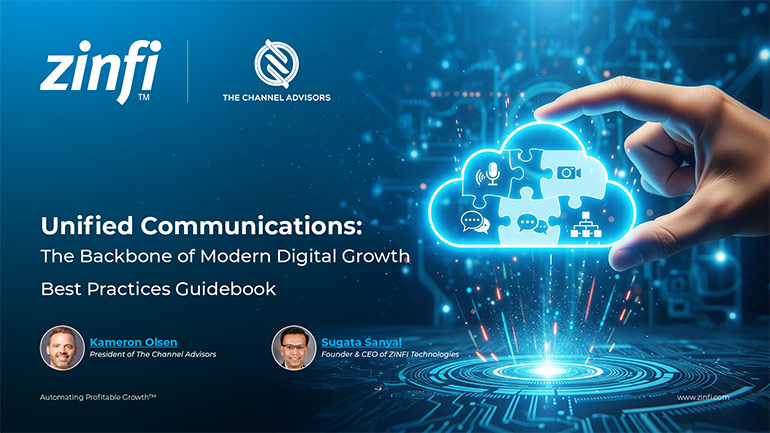Glossary - What is - Ecosystem
What is an Ecosystem?
In a business context, an ecosystem refers to a complex network of interconnected entities—such as companies, customers, suppliers, and competitors—that interact within a shared market or environment to create and exchange value. This concept, borrowed from biology, emphasizes different market participants’ interdependence and collaborative aspects. It highlights how businesses can thrive by working together, adapting to changes, and fostering innovation through a collective approach.
In the sphere of partner ecosystem management and partner management automation, understanding and optimizing the dynamics of a business ecosystem are crucial. It enables companies to align their strategies with those of their partners, streamline operations, and maximize overall performance. Effective ecosystem management ensures that all participants are engaged and benefit from shared goals and collaborative efforts, leading to sustained growth and success.
Key Takeaways
- Leveraging Synergies Among Partners: A well-managed ecosystem allows businesses to leverage teamwork among different partners, enhancing their capabilities and market reach. For example, ZINFI’s Partner Relationship Management system helps companies coordinate efforts, share resources, and align objectives with their partners, ensuring cohesive action and maximizing collective outcomes. Watch the Partner Relationship Management Trends of 2024 video.
- Facilitating Innovation Through Collaboration: Collaboration within an ecosystem often leads to innovation as companies combine their strengths and expertise. This collaborative environment supports the development of new products, services, and solutions that can better meet customer needs. ZINFI’s ecosystem management tools enable seamless collaboration across different partners, fostering an environment conducive to innovation.
- Optimizing Resource Allocation: Effective ecosystem management involves optimizing the allocation of resources across various partners to ensure maximum efficiency and effectiveness. ZINFI’s partner management automation solutions help businesses to distribute resources strategically, avoiding overlaps and ensuring that each partner’s strengths are utilized optimally.
- Enhancing Customer Satisfaction: An integrated approach to ecosystem management helps companies better understand and respond to customer needs by leveraging insights and capabilities from various partners. This results in higher customer satisfaction and loyalty as solutions become more customer-centric and tailored. ZINFI’s customer relationship management tools are integral to achieving these outcomes by ensuring customer feedback and behavior are central to ecosystem strategies. Watch the video.
- Driving Sustainable Growth: A robust ecosystem fosters sustainable growth by creating a supportive network where businesses can scale and adapt more easily. Distributing these across the ecosystem reduces risks associated with market changes and competitive pressures. ZINFI’s comprehensive tools for ecosystem analysis and management ensure that growth strategies are sustainable and adaptive to market conditions.
Summary of Takeaways
An ecosystem in business fosters collaboration, leverages alliances, facilitates innovation and optimizes resources among interconnected entities. Through effective ecosystem management, companies can enhance their market reach, innovate, satisfy customers more thoroughly, and achieve sustainable growth. ZINFI’s partner and ecosystem management solutions play a pivotal role in enabling these dynamics, ensuring businesses can thrive in complex and competitive environments.
Key Examples
- Automotive Manufacturing: Ecosystems in automotive manufacturing involve suppliers, manufacturers, and dealers working together to streamline production and distribution.
- Consumer Electronics: This sector relies on an ecosystem of component manufacturers, software developers, and retailers to deliver cutting-edge products.
- Energy Production: Collaboration between energy producers, technology providers, and regulatory bodies is essential for sustainable energy ecosystems.
- Financial Services: An ecosystem in financial services includes banks, fintech companies, and insurance firms sharing data and platforms to improve services.
- Food and Beverage: Suppliers, distributors, and retailers form ecosystems to optimize supply chains and enhance product offerings.
- Healthcare Services: Providers, insurers, and technology firms collaborate in healthcare ecosystems to improve patient care and innovation.
- Information Technology: IT ecosystems comprise hardware manufacturers, software developers, and service providers delivering comprehensive tech solutions.
- Pharmaceutical Development: Collaboration across researchers, biotech firms, and regulatory agencies drives innovation in pharmaceutical ecosystems.
- Retail Industry: Retail ecosystems integrate online and offline channels, suppliers, and logistics services to enhance customer experiences.
- Telecommunications: Telecom ecosystems involve network providers, equipment manufacturers, and content providers to deliver comprehensive communication services.
Conclusion
Understanding and managing an ecosystem effectively is crucial for businesses seeking to thrive in today’s interconnected and dynamic market environment. An ecosystem approach allows companies to harness collective strengths, comprehensively address customer needs, and drive innovation through collaboration. With the right management tools and strategies, such as those provided by ZINFI, businesses can navigate complex market landscapes successfully and sustain long-term growth.
Associated Keywords:
















